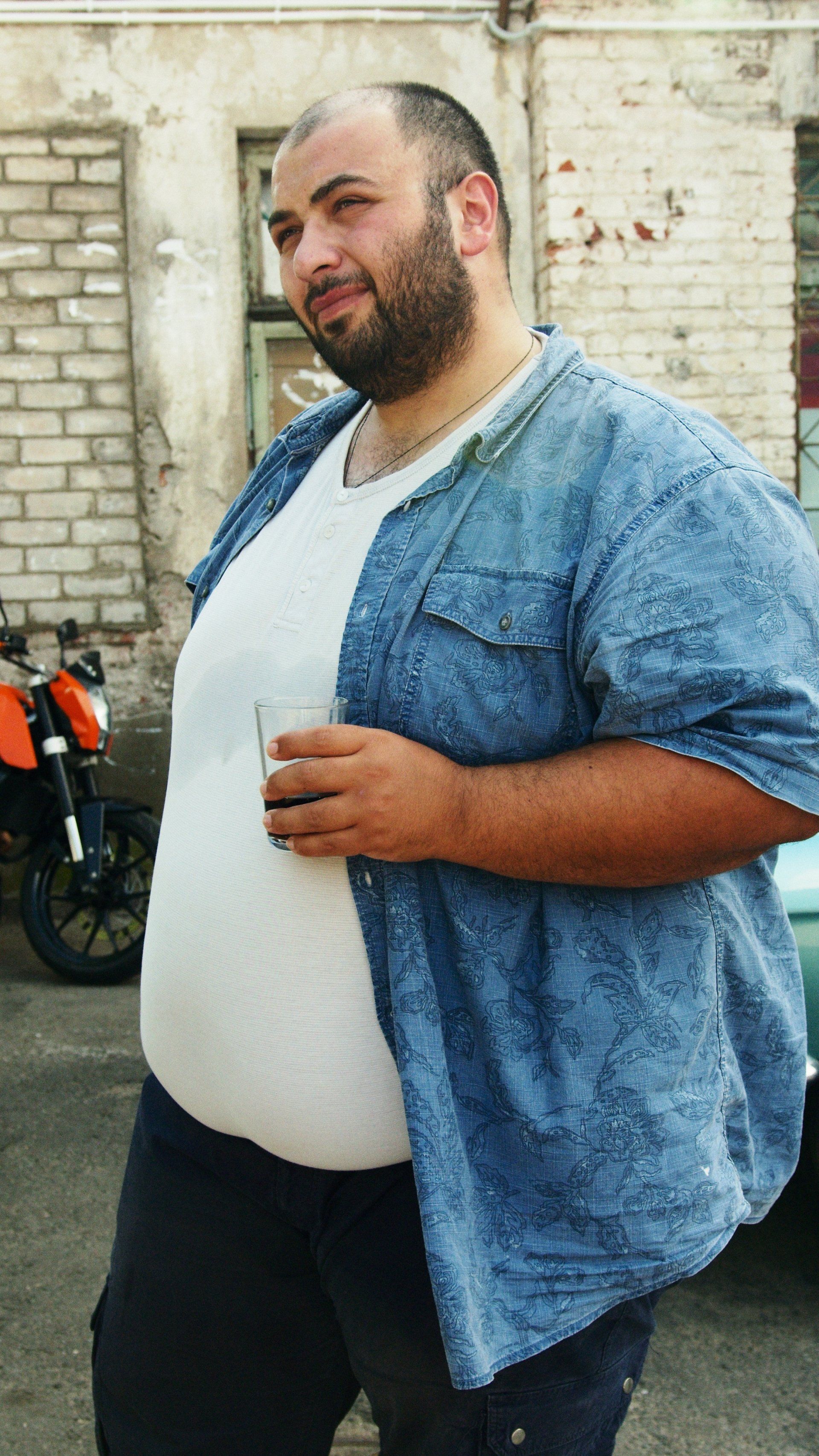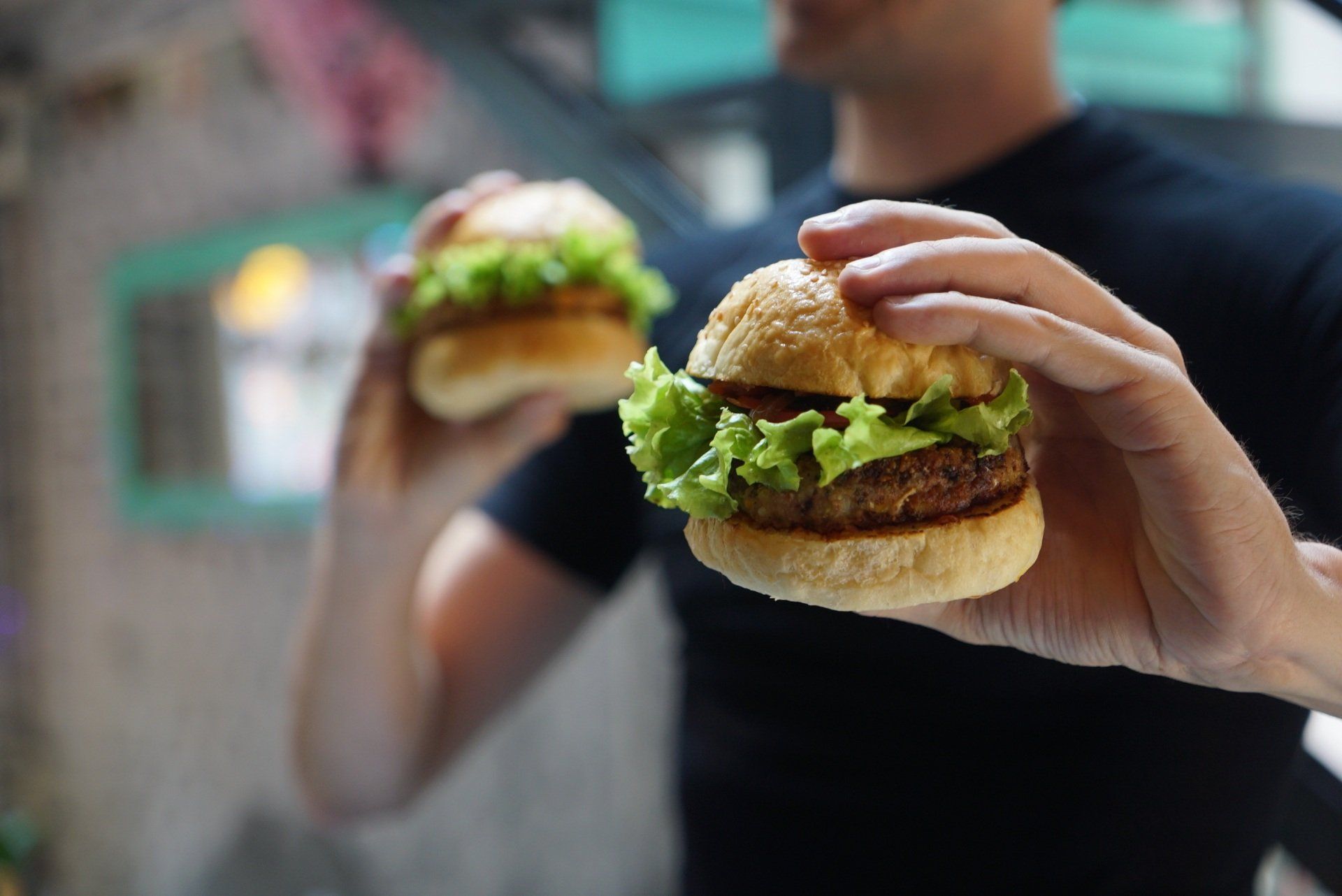Best Diet Plan For Short-Term Weight Loss
#2 The Mayo Clinic Diet
Why It Won
The Mayo Clinic Diet is a multi-component approach to weight loss that combines a healthy diet, regular physical activity, and behavior change. This combination has been shown to be effective in helping people lose weight and keep it off.
The Mayo Clinic Diet is based on the latest scientific research and promotes healthy eating habits for life. The diet does not require special foods or supplements, and there are no hard-to-follow rules. Instead, the focus is on making small changes in your eating and activity habits that will lead to gradual and sustainable weight loss.
What Is the Mayo Clinic Diet?
The Mayo Clinic Diet is a weight-loss and lifestyle program designed by experts at Mayo Clinic. The Mayo Clinic Diet is based on improving your health through simple, yet effective dietary and lifestyle changes. The goal of the diet is to help you lose up to 6 to 10 pounds (2.7 to 4.5 kilograms) in a safe and healthy way.
The Mayo Clinic Diet teaches you how to estimate portion sizes and plan meals. It promotes an increased intake of fruits, vegetables, whole grains, lean protein, low-fat dairy, and healthy fats. The diet also encourages limiting calories and managing physical activity level to reach and maintain a healthy weight.
If you're interested in trying the Mayo Clinic Diet, talk to your doctor or a registered dietitian to get started. They can help you create a personalized plan that fits your needs and lifestyle.
Background
The Mayo Clinic Diet is a weight-loss and lifestyle program designed by Mayo Clinic health experts. The diet is based on research from Mayo Clinic physicians and aims to help people lose weight and improve their overall health.
The Mayo Clinic Diet was developed in the early 1900s by Dr. William J. Mayo, a renowned physician and surgeon who founded the Mayo Clinic. Dr. Mayo and his colleagues designed the diet as a way to help their patients lose weight and improve their overall health.
The diet has been updated over the years, but its core principles remain the same: eat healthy foods, control portion sizes, and get regular exercise. The diet is divided into two phases: Lose It! And Live It!.
The Lose It! Phase is designed to help people lose weight quickly, while the Live It! Phase is a long-term plan for maintaining weight loss and improving overall health.
What We Love About The Mayo Clinic Diet
Benefits
There are many health benefits associated with following the Mayo Clinic Diet. This diet is based on eating healthy, whole foods and eliminating processed and unhealthy foods. This can lead to weight loss, improved cholesterol levels, reduced blood pressure, and more.
Research Studies Backing Up The Benefits
There is a lot of research to support the health benefits of the Mayo Clinic Diet. Studies have shown that it can help people lose weight, lower their blood pressure and cholesterol levels, and improve their overall health.
Studies have shown that the Mayo Clinic Diet can help people lose weight and keep it off. In one study, participants who followed the diet for 12 weeks lost an average of 9 pounds (4.1 kilograms). They also had lower blood pressure and cholesterol levels, and improved overall health.
Advantages Over Other Diets
The Mayo Clinic Diet is a great option for those looking to lose weight and improve their overall health. Here are some of the advantages of this diet over other popular diets:
1. The Mayo Clinic Diet is based on sound scientific principles.
2. It is not a fad diet – you can stick with it for the long term.
3. It does not require you to give up all your favorite foods – you can still enjoy your favorites in moderation.
4. It is flexible – you can tailor it to your own individual needs and preferences.
5. It is affordable – there are no special foods or supplements required.
6. It is safe – the risks associated with this diet are minimal.
7. It is effective – many people have successfully lost weight and improved their health by following the Mayo Clinic Diet.
If you are looking for a healthy and sustainable way to lose weight, the Mayo Clinic Diet is definitely worth considering.
How To Follow The Mayo Clinic Diet
The Mayo Clinic Diet is a weight loss program designed by experts at the Mayo Clinic. The key to the diet is making simple, healthy lifestyle changes that will lead to sustainable weight loss.
The Mayo Clinic Diet has four stages:
Stage 1: Lose Up to 6 to 10 Pounds in 2 Weeks
This stage of the diet is all about making simple changes to your lifestyle and eating habits. During this stage, you will cut out processed foods, eat more fruits and vegetables, and focus on getting enough protein and fiber. You will also begin to exercise more regularly.
Stage 2: Continue Losing Weight and Learn How to Keep It Off
In stage 2, you will continue to lose weight at a slower pace. You will also learn how to keep the weight off for good by making more permanent changes to your lifestyle and eating habits.
Stage 3: Maintenance
The third stage of the diet is all about maintenance. This is when you will solidify the healthy habits you have learned in stages 1 and 2 and make sure that you are on track to keeping the weight off for good.
Stage 4: Lifetime Weight Management
The fourth and final stage of the diet is lifetime weight management. This is when you will have reached your goal weight and will be able to maintain it for the rest of your life. You will need to continue to make healthy lifestyle choices and monitor your weight, but you will no longer be on a diet.
A Typical Breakfast
The Mayo Clinic Diet recommends a typical breakfast that includes certain food groups.
Here's a look at what you should include in your breakfast according to the Mayo Clinic Diet:
1. Whole grains: Start your day with whole grain toast or oatmeal for sustained energy throughout the morning.
2. Protein: Add some protein to your breakfast with eggs, yogurt, or peanut butter. This will help keep you feeling fuller longer.
3. Fruits and vegetables: Include fresh fruits or vegetables in your breakfast for added vitamins, minerals, and antioxidants.
4. Healthy fats: Add healthy fats to your breakfast with nuts, seeds, or avocados. This will help you absorb more nutrients from your other breakfast foods.
5. Water: Make sure to drink plenty of water with your breakfast to stay hydrated throughout the day.
A Typical Lunch
Here's a look at a typical lunch recommended by the Mayo Clinic diet:
A salad made with plenty of leafy greens, vegetables, and a lean protein source like grilled chicken or fish.
A whole grain roll or piece of bread.
A side of fruit or a small glass of 100% fruit juice.
Water or unsweetened tea to drink.
This lunch provides a good balance of carbohydrates, protein, and healthy fats to help you feel satisfied and energized until your next meal. And, it's packed with nutrients that can help boost your overall health.
A Typical Dinner
A typical dinner recommended by the Mayo Clinic Diet may include lean protein, vegetables, whole grains and fruit. This type of dinner is simple to prepare and provides a balance of nutrients that can help you maintain a healthy weight.
Lean protein sources may include grilled chicken or fish, tofu, legumes or eggs. Vegetables can be enjoyed both cooked and raw, and should fill up at least half of your plate.
Whole grain options may include quinoa, brown rice or whole wheat pasta. For fruit, choose fresh or frozen options instead of processed fruit juices. This type of dinner is not only nutritious, but it is also satisfying and can help you stick to your diet goals.
Typical Snacks
-Greek yogurt with berries
-A hard-boiled egg
-Veggies and hummus
-A small handful of nuts
-A piece of fruit
-A piece of whole-grain toast with peanut butter
-A protein shake or smoothie
These snacks will help you feel fuller longer and provide the nutrients your body needs to stay healthy. If you're looking for something a little more indulgent, try dark chocolate or a small piece of cake or pie with fruit. Just be sure to keep your portions in check and monitor your intake of sugar.
Three Prototype Recipes From The Diet
Here are three prototype recipes from the Mayo Clinic Diet:
Breakfast: Overnight Oats with Fruit and Nuts
Ingredients:
Ω 1/2 cup rolled oats
Ω 1/2 cup milk of your choice (dairy, almond, etc.)
Ω 1/4 cup plain yogurt
Ω 1/2 cup mixed berries
Ω 1 tablespoon chia seeds
Ω 2 tablespoons chopped nuts (almonds, walnuts, etc.)
Directions:
1. Combine oats, milk, yogurt, berries, chia seeds and nuts in a jar or container with a lid.
2. Mix well and refrigerate overnight.
3. In the morning, give the oats a stir and enjoy!
Lunch: Grain Bowl with Roasted Chickpeas
Ingredients:
Ω 1 cup cooked grain of your choice (quinoa, brown rice, farro, etc.)
Ω 1 roasted sweet potato, diced
Ω 1/2 cup roasted chickpeas
Ω 1/2 avocado, diced
Ω 1/4 cup diced red onion
Ω 1/4 cup diced cucumber
Ω 2 tablespoons prepared tahini sauce
Directions:
1. In a bowl, combine cooked grain, sweet potato, chickpeas, avocado, red onion and cucumber.
2. Drizzle with tahini sauce and mix well.
3. Enjoy as is or pack in a container to enjoy later!
Dinner: Salmon with Roasted Broccoli and Sweet Potato Wedges
Ingredients:
Ω 4-6 ounce salmon fillet
Ω 1 head broccoli, cut into florets
Ω 1 large sweet potato, cut into wedges
Ω 1 tablespoon olive oil
Ω salt and black pepper, to taste
Directions:
1. Preheat oven to 400 degrees Fahrenheit.
2. Line a baking sheet with parchment paper.
3. Place salmon fillet, broccoli and sweet potato wedges on the baking sheet. Drizzle with olive oil and season with salt and black pepper, to taste.
4. Roast for 20-25 minutes, or until fish is cooked through and vegetables are tender.
5. Enjoy!
Downsides Of The Mayo Clinic Diet
The Mayo Clinic Diet may not be right for everyone. Some people may find it difficult to stick to the strict guidelines, and others may not see the results they were hoping for. Here are a few potential downsides to the diet:
1. It can be difficult to follow. The initial phase of the diet is very restrictive, and some people may find it hard to stick to.
2. It may not lead to long-term results. While the diet may help you lose weight in the short term, it’s not clear if it will help you keep the weight off in the long run.
3. It could lead to disordered eating. Because the diet is so restrictive, it could trigger unhealthy patterns of eating.
4. It may be costly and time-consuming to prepare meals from scratch using whole, unprocessed foods.
5. The initial “Lose It!” phase may be too restrictive for some people, with too few calories being consumed.
5 Respected Health Websites That Endorse This Diet










